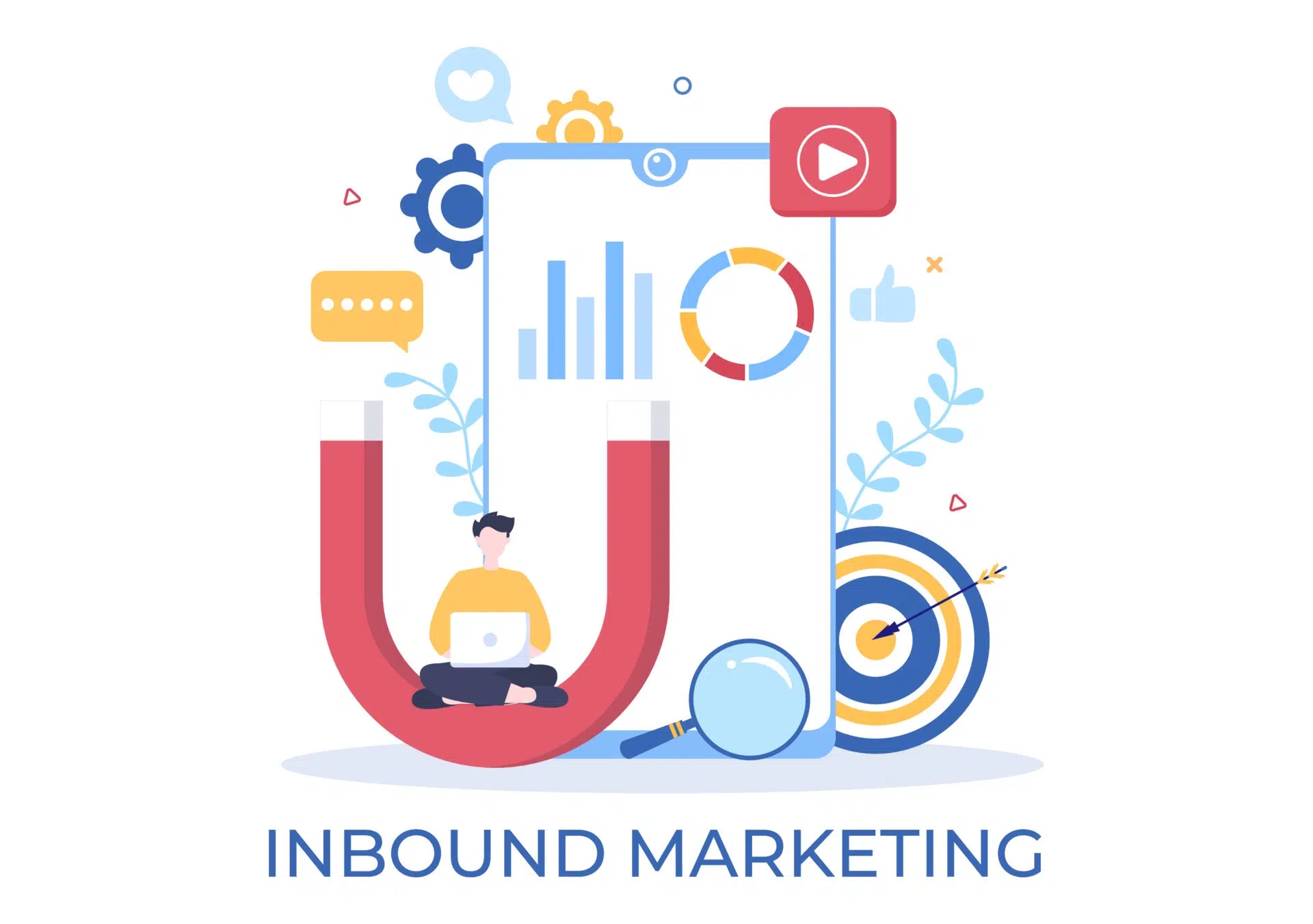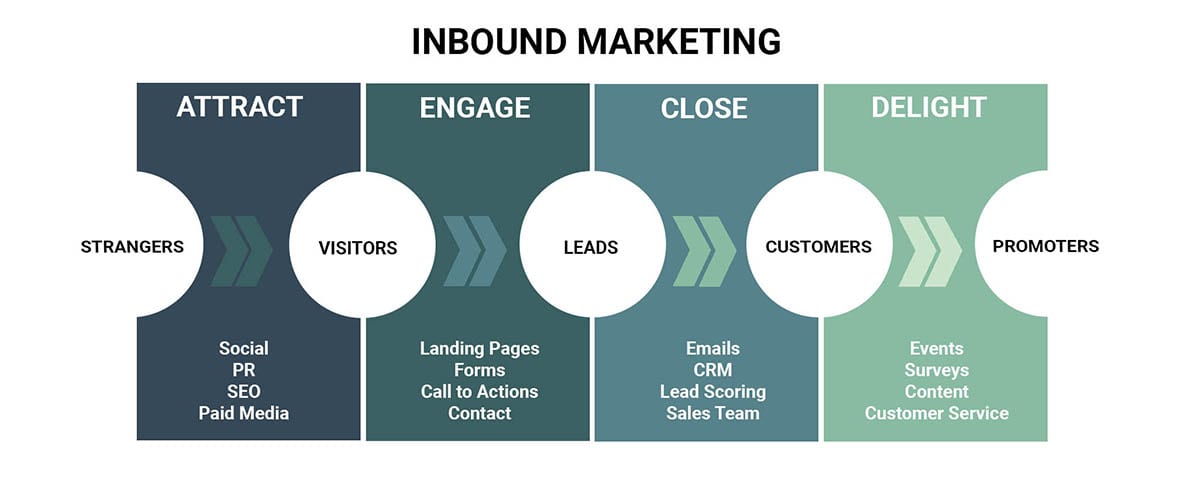Boost Your Online Presence, Dominate Your Market with This Foolproof Inbound Marketing Plan

Are you looking to bring more prospects and leads into your business? Inbound marketing is the key. It’s an effective, integrated strategy that allows businesses to attract and convert visitors into customers. You can create a comprehensive inbound marketing plan that will get your company noticed by leveraging content, keywords, and lead nurturing techniques.
Read on to learn how to make it happen with Pearl Lemon!
Define Your Buyer Personas
Creating buyer personas is the first step to a successful inbound marketing plan. A buyer persona is a fictional representation of your ideal customer based on data and research. To create effective personas, research your target market and identify what makes them tick. To create detailed buyer profiles that reflect each buyer’s unique characteristics, you must first understand their goals, purchase habits, interests, and preferences.
For instance, you may have different personas for CEOs, Marketing Managers and Directors of Sales. Once you define these personas, use the insights to craft content that resonates with each persona’s needs and interests. This will ensure that all of your marketing efforts are tailored to the specific types of buyers you want to attract.
Outline Your Marketing Triggers
The next step is to identify and outline your marketing triggers. These are events that will prompt potential customers to search for information about your product, service or industry.
Common marketing triggers include:
- Launching a new product.
- Offering a promotion or discount.
- Launching a new website.
- Introducing new features/functionality and more.
Identifying these triggers will help you create content that’s timely and relevant to each trigger.
For example, if you’re launching a new product, you can create blog posts explaining the benefits of the product or how it solves customer problems. You can also use email campaigns and social media promotions to drive awareness of the launch. By creating content tailored specifically to each trigger event, you’ll be able to engage potential customers at key points in their buying journey.
Create A List Of Keywords
Once you have identified your marketing triggers, you can create a list of keywords. Keyword research helps you determine the estimated search volume for certain terms and phrases related to your product or service. It also helps you understand how difficult it is to rank for specific keywords and estimate the cost of purchasing organic traffic through pay-per-click advertising.
Google’s Keyword Planner is a great resource for quickly generating a list of relevant keywords and identifying search terms in your sweet spot of competition and search volume. As you review the data generated by keyword research, choose search terms with relatively high monthly search volume and a medium to low competition level. This will help ensure your content is highly visible when potential customers search for information about your product or service.
Set Your Inbound Marketing Goals
Once you have identified your marketing triggers and created a list of relevant keywords, it’s time to set your inbound marketing goals. Your goals should be specific and measurable so that you can accurately track the progress of your campaign. For example, you may want to increase website traffic by 30% within six months or convert 20% more leads into customers over a year.
Be sure to establish realistic goals that are achievable with your current resources. Additionally, review analytics regularly throughout the campaign to keep track of your progress and make any necessary adjustments along the way.
Outline Your Content Strategy
Top-of-funnel content aims to raise as much awareness as possible and convert those visitors into leads. Top-of-funnel material that may readily spread across a big audience includes social media, blog posts, videos, infographics, and SlideShare presentations.
Content in the middle of the funnel will position your product/service. Branded webinars, case studies, free samples, catalogues, FAQ sheets, spec sheets, or brochures can all be utilized to showcase your company while also offering value to the audience.
Leads at the bottom of the funnel have demonstrated that they are particularly evaluating your product/service. These leads may only require a taste of what you offer, for example, a free trial, a live product demo, a discount, or a freebie evaluation, consultation, or estimate.
Design Your Lead Nurturing Process
Some leads decide to buy a product or service considerably faster than others. There are many reasons why a lead may stall in the sales process, but the most common is the lack of information. If a lead has unanswered queries, likely, they are not ready to move down the marketing funnel.
A sequence of automated emails is the most effective technique to contact leads and answer their inquiries. Email automation gives leads a gentle nudge or reminder that you have great material available. This motivates leads to revisit your content and go down the inbound funnel.
Create A Conversion Focused Blogging Strategy
Conversion-focused blogging methods are intended to bring highly relevant traffic to your website to convert visitors into qualified leads. Each blog post promotes an exclusive content offer by answering frequently asked concerns about your customer personas and encourages them to access your unique material.
Implement An Inbound Marketing Platform
While planning and content development take up most of the work in developing an inbound marketing strategy, the technology enabling inbound lead generation should not be disregarded. Choose platforms and tactics that will allow you to focus on your business rather than the nuts and bolts of connecting different systems when contemplating infrastructure to promote inbound marketing.
Recruit A Team of Inbound Marketing Experts
As previously said, inbound marketing necessitates a varied yet unique skill set. Based on your in-house experience, capacity for more work, and budget, it may be appropriate to hire for specific jobs or outsource certain portions of your inbound marketing execution. All of these skill sets are available to a well-rounded inbound marketing team:
- Inbound marketing strategy
- Copywriting
- Blogging
- Web analytics/data analysis
- Front & back end web development
- Web design
- Search engine optimization
- Pay-per-click marketing
- Conversion rate optimization
- Email marketing
- Social media/community management
- Project management

Conclusion
Creating a comprehensive inbound marketing plan can be intimidating. However, it doesn’t have to be. The key is to break it down into manageable steps and focus on the fundamentals. By following this systematic approach, you’ll be well on your way to creating an effective inbound marketing strategy for your business!
Do you have any concerns? Let us know!
FAQ
What are the 5 fundamentals of inbound marketing?
There are 5 fundamental components of inbound marketing– goals, contacts, buyer personas, buyer’s journey, and content. These fundamentals assist marketers in planning long-term strategies that will satisfy customers or clients.
What is the main goal of inbound marketing?
Inbound marketing tends to be more top of the funnel — its purpose is to reach consumers at the beginning of the buyer journey and then guide them through each phase. And the three main ways marketers can get that content in front of buyers are SEO, blogs, and social media.
How successful is inbound marketing?
82% of marketers observe positive ROI for their inbound marketing efforts. If correctly done, inbound marketing can be 10x more effective in converting leads than outbound. Inbound marketing generates 3x more leads per dollar compared to traditional marketing.








